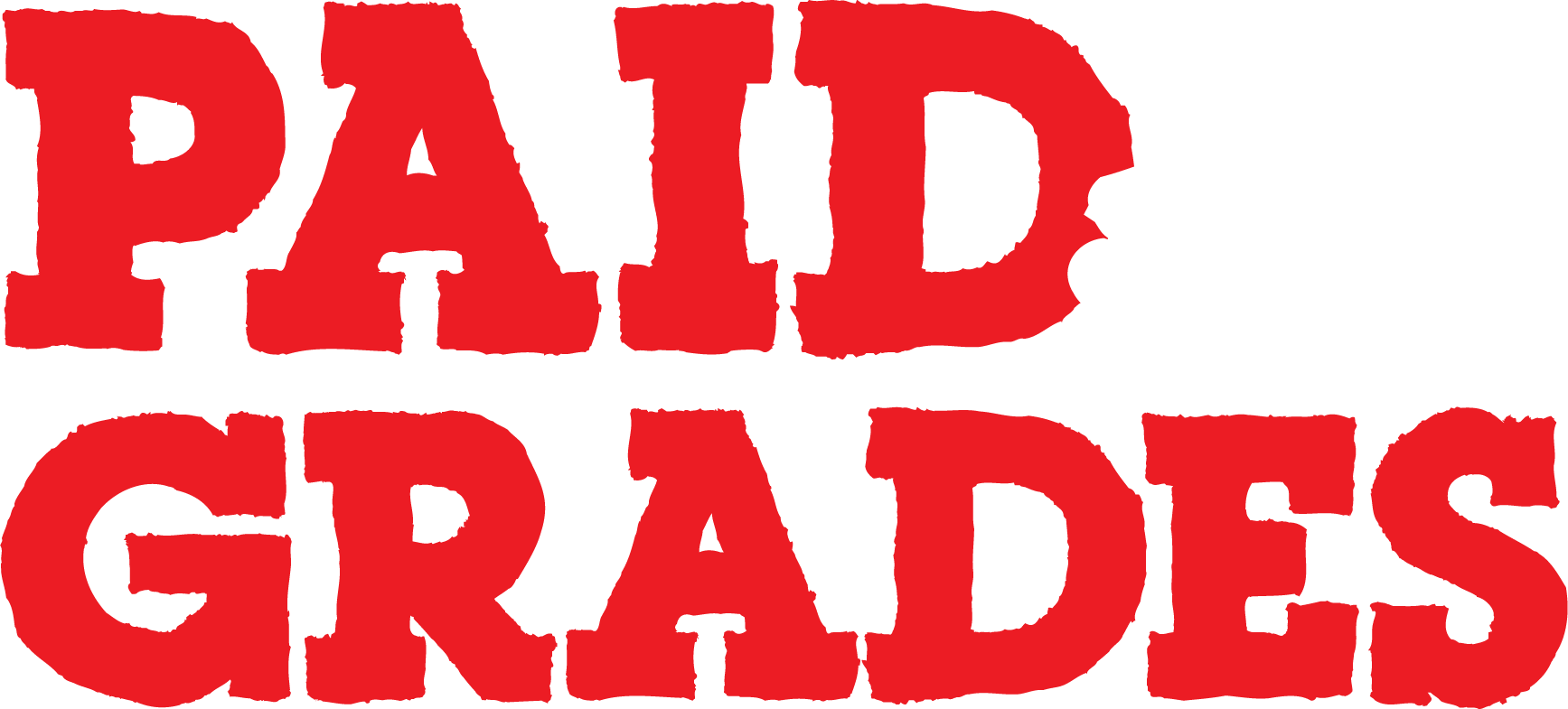Any writer will tell you that writing is the easy part. It’s the work you do after you’re done brainstorming a plot, argument, or scenario that is the most crucial for your work. Of course, it’s also the most time-consuming.
But don’t let this freak you out. Editing is a good thing…we promise. It’s the secret sauce that makes your work sizzle. And, it really doesn’t have to be that hard.
When it comes to essays, there’s a quick, easy formula you can follow to produce your best work.
Step #1. Nail Your Intro
If you’re writing a formal essay, there are three basic elements in your introduction:
- Who or what you’re writing about: Your topic, explained as simply as possible. “Greek Mythology and Bram Stoker’s Dracula,” for example (yes, that was a real essay).
- The argument: What’s your thesis statement (the case you’re going to make)? To illustrate, a possible thesis could be “The experiences of Stoker’s female characters directly correlate with Persephone’s journey in Greek mythos.”
- A key observation: What’s the most striking evidence for your claim? What’s the crux of the argument you’re trying to make? You have to be able to state it in one or two lines that will hook the reader.
Remember, you need to be able to say all of the above in about four sentences. That sounds tough, but it’s totally doable. For example:
“Much like the mythological heroine Persephone, Mina and Lucy both attract the unsolicited attention of an arbiter of the underworld. And, as in Greek legend, Stoker’s heroine ultimately defeats Hades and returns to the world of the living.”
Once you’ve covered the above information, the rest of the essay should be a lot easier to draft. After all, the essay is meant to further substantiate the argument you just made.
Step #2. Outline Your Piece
It’s generally a good idea to outline before you write. We recommend a strategy called “point-proof-analysis”; it means you should lay out the body of the essay the same way you laid out your intro. Each section needs a central argument, plus 3-4 ideas to support it. Then, each of these sections should support your main idea.
If your outline fails to provide this, trim it back until it does. These three steps will make it easy for you:
- Organize your piece: Do the three or four points you chose support your central thesis statement? Are they well written? Do they make logical sense?
- Expert quotes: Include 2-3 quotes from subject matter experts on your argument and make sure that you include your footnotes properly.
- All about the thesis: Make sure every word you include supports or expands on your thesis statement. Don’t include anything that contradicts that argument or confuses the issue.
Step #3. Support Your Thesis
As mentioned above, this is where you present three or four additional points that support your thesis.
Going back to the Dracula example we used above, you’d want to think about three scenes or situations in which Mina’s experience mirrors Persephone’s journey through the underworld. Maybe point out that Dracula, as an immortal monster, closely mirrors Hades himself. Whatever the case, make sure you’ve accurately defended or promoted your topic.
Side note here: be sure to avoid “purple prose,” or flowery writing. Essays are not the place for overly large words or dressed-up descriptions. Stick to the facts, and present them as quickly and neatly as possible.
Step #4. Watch Your Quotes
If you’re quoting a scholarly source, make sure that it directly relates to the topic at hand and the subject of that particular paragraph. You can manage this by writing an introductory sentence to set up the quote, or provide transitional text after the passage to sew it neatly into your argument.
It is okay to paraphrase your quotes, but we’ll go ahead and recommend that you avoid this until you’re comfortable with essay formatting. Paraphrased quotes are trickier to cite, and many students lose points with their teachers when they misuse them. So, try to quote and cite scholars directly, whenever possible.
Step #5. Repetition
Okay, this is honestly the hard part. You will want to repeat your thesis statement no more than three times: once at the top (introducing it), once in the middle (to remind the reader), and once at the conclusion (to hammer it home).
Aside from those three purposeful repetitions, don’t overuse your thesis. Instead, as I mentioned above, pick 3-4 similar statements that you can use to support that central argument, and focus on those in the body of your essay.
Once you have all these ducks in a row, go over your essay with a fine-tooth comb to make sure that you’re not repeating yourself too often. Ensure that your supporting points aren’t repetitive, and that you don’t overuse phrases like, “in fact” or “however” or “therefore.” These won’t make or break your essay, but picking up on your own repetition is a great habit to get into.
Step #6. Symmetry
The last thing you need to do is clean up your work, remove any errors, and think about the strength of your thesis statement. Does your conclusion make your thesis memorable? Does it answer any questions the reader may have? Is it memorable?
If you can answer ‘yes’ to these questions, your work should be well-rounded and concise enough to turn in. But, before you do here one last round of tips:
- Keep it brief
- Stick to the point
- Follow a 3-step format of point, quotation, and thesis
- Don’t skimp on quotes
- Repeat your thesis… but don’t overuse it
